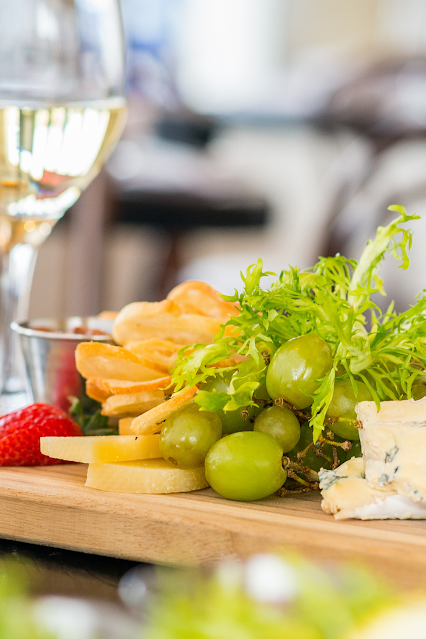Charcuterie boards have been around since the 1400s in France, but they have only become a global phenomenon thanks to the decline of formal sit-down dinners and the rise of social media. And, for more than one reason!
Picture-perfect charcuterie boards promote socialization at any event, offer something for every guest, and are incredibly aesthetically pleasing.
Whether you are planning your next dinner party or are looking for a way to wow your wedding guests, the tips below can help you put together the most Instagrammable of charcuterie boards!
Review Your Guest List and Dietary Requirements
Charcuterie boards are highly versatile and suitable for any event, from weddings to business events and casual dinner parties. However, the type of grazing table you’ll create should reflect the nature of your event and the number of guests invited.
What’s more, reviewing each guest’s dietary requirements should be a top priority. Even if you have known your invitees for years, it is always better not to have any assumptions that could be embarrassing or dangerous for the health of your guests.
After all, around half of the US population is intolerant to dairy, 2 million people have celiac disease, and the number of vegans and vegetarians has grown by more than 3000% in the past 15 years!
Choose a Range of Colorful Ingredients
The key to boosting your board’s aesthetics is in the colors you choose. Play with a range of ingredients with at least five in-palette or contrasting tones.
Some of the staples to include are:
Soft and hard cheeses
Vegetables such as celery sticks, carrot sticks, and cucumber slices
Cured meats such as salami and prosciutto
Crackers and quality bread
Fruit and berries such as strawberries, figs, and pears
Dry fruit and nuts, like pistachios and walnuts
Dips and spreads such as hummus, honey, and marmalades
Experiment With Different Cuisines
While traditional charcuterie boards are based on cured meats and cheeses, you can use the principles above to branch out and experiment with new flavors and ingredients.
For example, you could create a board inspired by Indian cuisine and prepare traditional dishes such as samosa or Tandoori appetizers. Alternatively, you could add an exotic touch by preparing hummuses, baba ganoush spreads, halloumi, and falafel.
If you are unsure about how to combine the different colors, textures, and flavors, consider learning more about balancing the five taste elements - salty, sour, spicy, sweet, and umami.
Stick to a Theme – And Make Sure It Matches the Event’s Leitmotif
Your charcuterie board should match the event’s theme or palette to create an uninterrupted leitmotif.
For example, if you are planning a color-themed marriage ceremony and wish to include shots of the grazing table in your wedding guest book with photos, make sure that the buffet matches the recommended dress code and room decorations - in terms of shapes, textures, and colors alike.
Assess Your Cooking Skills and Budget
Creating a charcuterie board from scratch isn’t among the easiest tasks, especially if you are already dealing with the stress of organizing other aspects of your event.
In turn, if you are an experienced host, you can tap into advanced dinner party hacks such as adjusting the lighting and experimenting with recipes you are unfamiliar with. However, if this is your first dinner party, consider the benefits of keeping your board simple and colorful.
Pro tip - if you wish to keep your grazing table simple but impactful, focus on the quality of ingredients and their origin. This can help you wow your guests without having to prepare complicated dishes!
Add Decorations and Garnishes
Once you have an idea for your board and you have gathered your ingredients, it’s time to focus on the details that count.
Some of the smaller elements that might truly make a difference in your board’s aesthetics include:
The board you choose, i.e.: metal, slate, or wooden boards
Garnishes such as herbs and flowers
Table decorations around the board
When combining all of these elements, be mindful of the buffet’s logistics.
While aesthetics are important, it is also crucial for your guests to have easy access to the food, eat comfortably, and receive all the necessary allergy information about the different ingredients.





Post a Comment